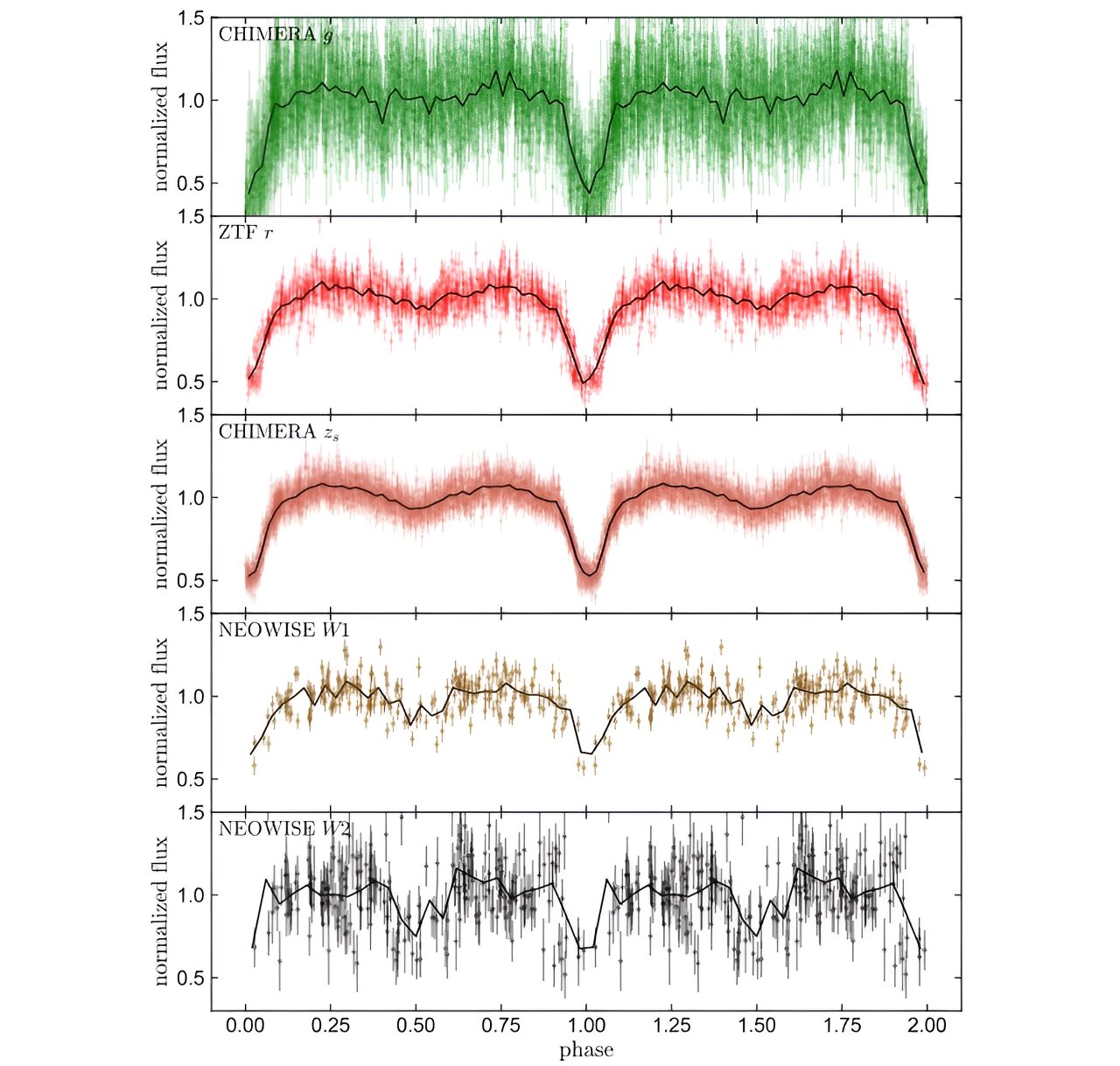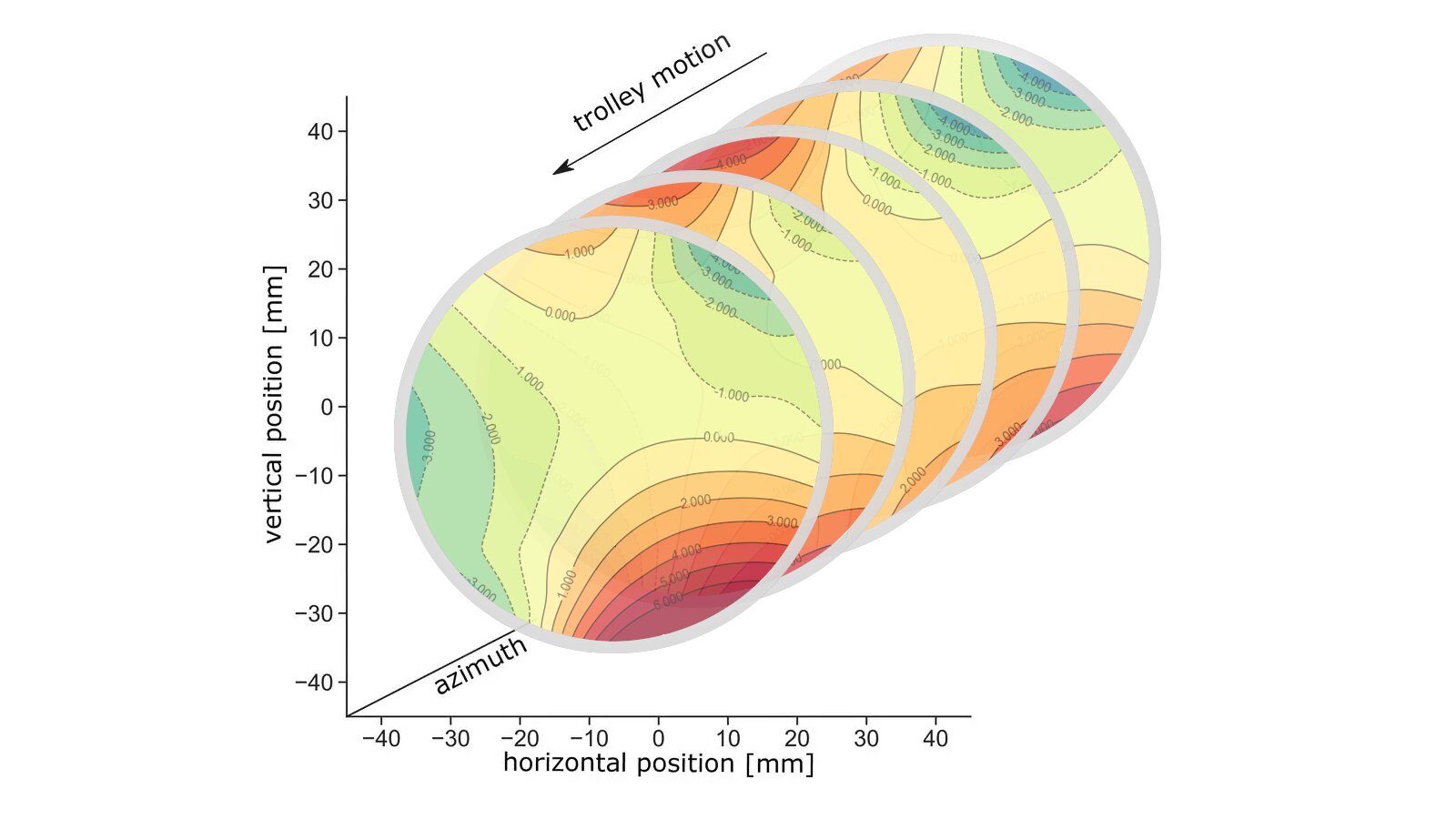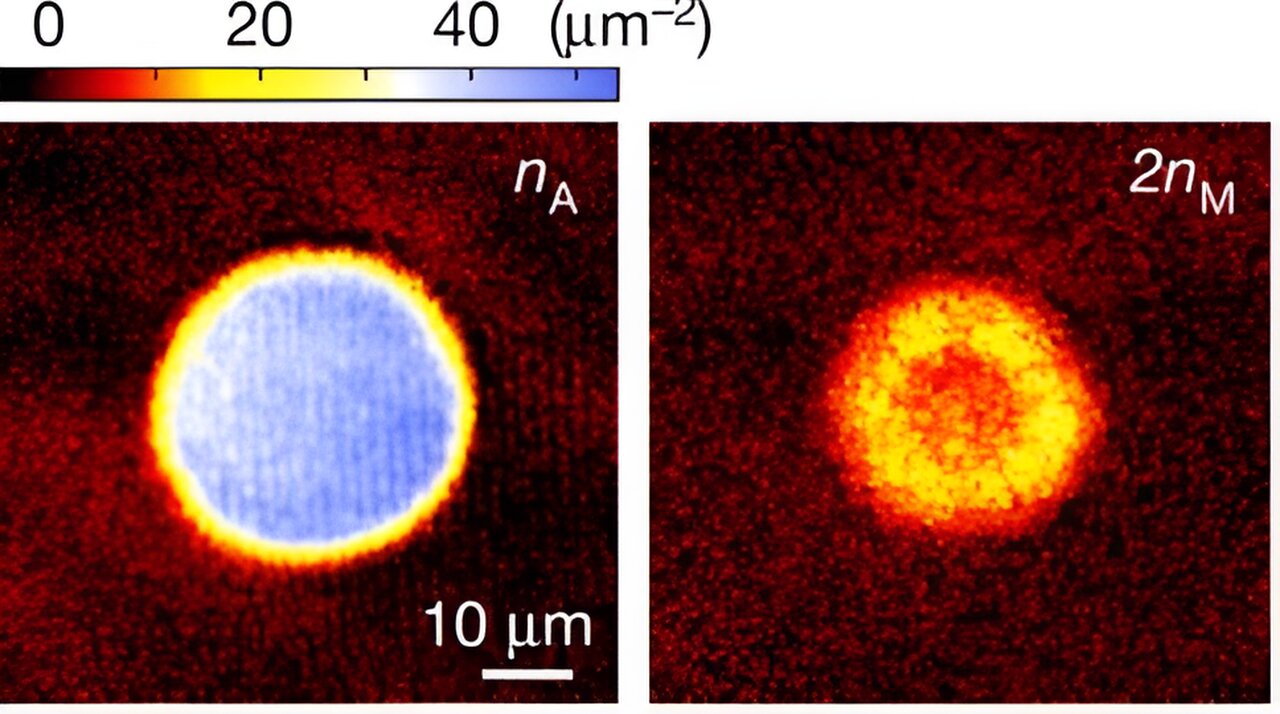Prepare to be amazed! Astronomers have just made an incredible discovery using the Zwicky Transient Facility (ZTF). They’ve found a massive brown dwarf that’s a whopping 80 times more massive than Jupiter! And get this—it’s orbiting a low-mass star. This groundbreaking finding was detailed in a paper published on the preprint server arXiv on July 28.
Brown dwarfs (BDs) are fascinating objects that sit between planets and stars in terms of mass. They typically range from 13 to 80 times the mass of Jupiter. While many brown dwarfs have been discovered, finding ones that orbit other stars is incredibly rare.
But guess what? A team of astronomers led by Kareem El-Badry from the California Institute of Technology (Caltech) has managed to find one of these elusive brown dwarfs. During their search for low-mass eclipsing binaries, they stumbled upon a system consisting of an M-dwarf star and a brown dwarf. This remarkable discovery has been given the name ZTF J2020+5033.
“This paper presents the discovery of a BD in a binary with an orbital period much shorter than any such system discovered to date. The discovery was enabled by the Zwicky Transient Facility (ZTF), which provides high-quality light curves for stars significantly fainter than other surveys that have been used to detect transiting BDs thus far,” explained the researchers.
The brown dwarf in ZTF J2020+5033 is about the same size as Jupiter, but its mass is a staggering 80.1 times greater than our largest planet. This places it right at the stellar/substellar boundary, just below the hydrogen burning limit. Its estimated effective temperature is a scorching 1,691 K.
The star in this system is an M dwarf of spectral type M6, with a radius of 0.176 solar radii and a mass of 0.134 solar masses. Its effective temperature has been measured at 2,856 K.
According to the study, this binary system is located approximately 445 light years away from Earth. The system’s age is estimated to be between 5 and 13 billion years, and its orbital period is an astonishingly short 1.9 hours—making the smaller component the shortest-period known transiting brown dwarf.
The astronomers also noted that ZTF J2020+5033 is much more compact than other known binaries with transiting brown dwarfs, thanks to its incredibly short orbital period.
“Both components must have been significantly larger when they were young than they are today, implying that the orbit has shrunk significantly by magnetic braking. This strongly suggests that magnetic braking remains efficient below the fully convective boundary in at least some stars, contrary to the common assumption in many binary evolution models,” concluded the authors of the paper.
And here’s another interesting tidbit—the researchers found that ZTF J2020+5033 is closer to us than 34 out of the 39 other known systems with transiting brown dwarfs. This suggests that brown dwarfs in short-period orbits may not be as rare as previously thought.








